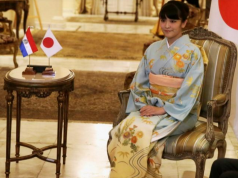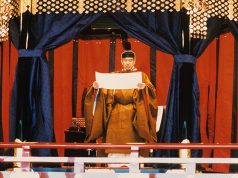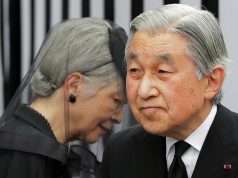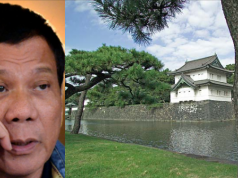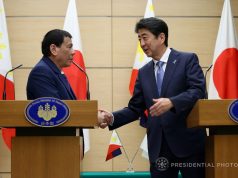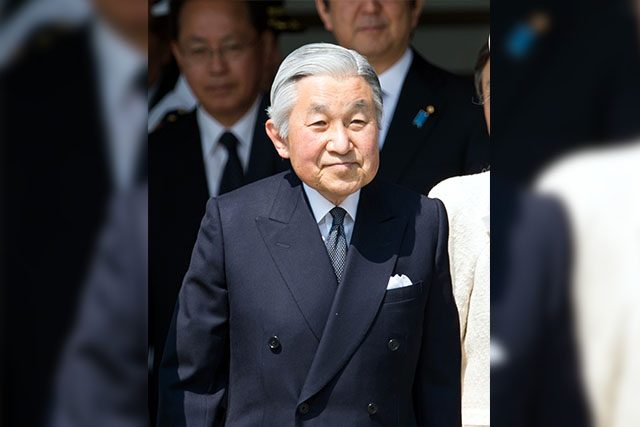
Some Filipinos recalled how Japanese Emperor Akihito reinvented the image of the country’s monarchy and brought it closer to the public in his thirty-year reign after he delivered his final New Year’s message.
The emperor on January 2 gave the last of his traditional annual greeting in a balcony of the Imperial Palace in Tokyo and remarked that he wishes for peace and happiness.
“Happy New Year. I’m sincerely glad to celebrate the new year together with you under the clear sky. I hope this year will be a good year for as many people as possible. I pray for the peace and happiness of the people of our country and the world,” Akihito said.
More than 114,600 people came to the Imperial Palace to witness him deliver his last New Year’s message. He would step down from the throne on April 30.
The Japanese government on December 2017 announced that Akihito will abdicate due to old age and health reasons.
The 85-year-old will be succeeded by Crown Prince Naruhito on May 1. It would also signify a new imperial era for Japan, which is currently on its Heisei Period that started when Akihito assumed the throne on January 7, 1989.
“Heisei” is translated in English as “achieving peace.”
Some Filipinos in social media recalled how the emperor brought the Japanese monarchy closer to the public during Akihito’s three-decade reign.
How Emperor Akihito opened up to the Philippines
Emperor Akihito and Empress Michiko paid a state visit to the Philippines in 2016 that lasted from January 26 to 30. It was considered a significant event since it was the first time that a reigning emperor had visited the country.
It also coincided with the 60th anniversary of the Philippines’ diplomatic relations with Japan.
History professor Ricardo Jose of the University of the Philippines explained:
“In terms of diplomatic relations, this (the visit) is very important because while the prime minister has come here several times, many prime ministers have come.”
“The prime minister is the head of state, in the executive sense. The emperor is the titular head, the symbolic head of state.”
“The symbol of Japan, coming here, he does not really equate to the president of the Philippines. There is no equivalent [of the emperor] in the Philippines. It’s the spirit, the soul of Japan coming here, so that’s a diplomatic coup.”
The imperial couple in their five-day state visit paid tribute to Jose Rizal, the country’s national hero, in a wreath-laying ceremony at Rizal Park.
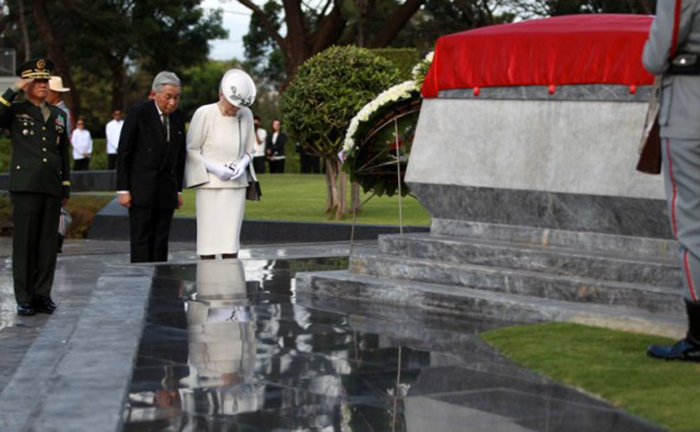
They also paid their respects to Filipinos and the Japanese who died in the Second World War at the Libingan ng mga Bayani.
The imperial couple also visited the Technical Education and Skills Development Authority’s Language Skills Institute to see how the Japanese language was being taught to Filipinos who are applying for work in Japan.
Their visit to the country signified a deeper friendship and stronger bilateral ties between the Philippines and Japan, as noted by former Undersecretary Manuel Quezon III of the Presidential Communications Development and Strategic Planning Office.
Emperor Akihito is considered a significant figure by foreign news outlets in “remaking” the image of the Japanese imperial family.
The Japanese monarchy has always been perceived as “cloistered” compared to its Western counterparts but when Akihito assumed the throne and married a commoner, it began to show a more “middle-class” image that resonated well with the public.
The imperial couple from then on strove to make the Japanese monarchy closer to the public and its foreign neighbors.
“The Japanese people have a very positive image of the emperor because he has chosen to lead a modest and frugal life,” Social Sciences Professor Mieko Nakabayashi observed.




